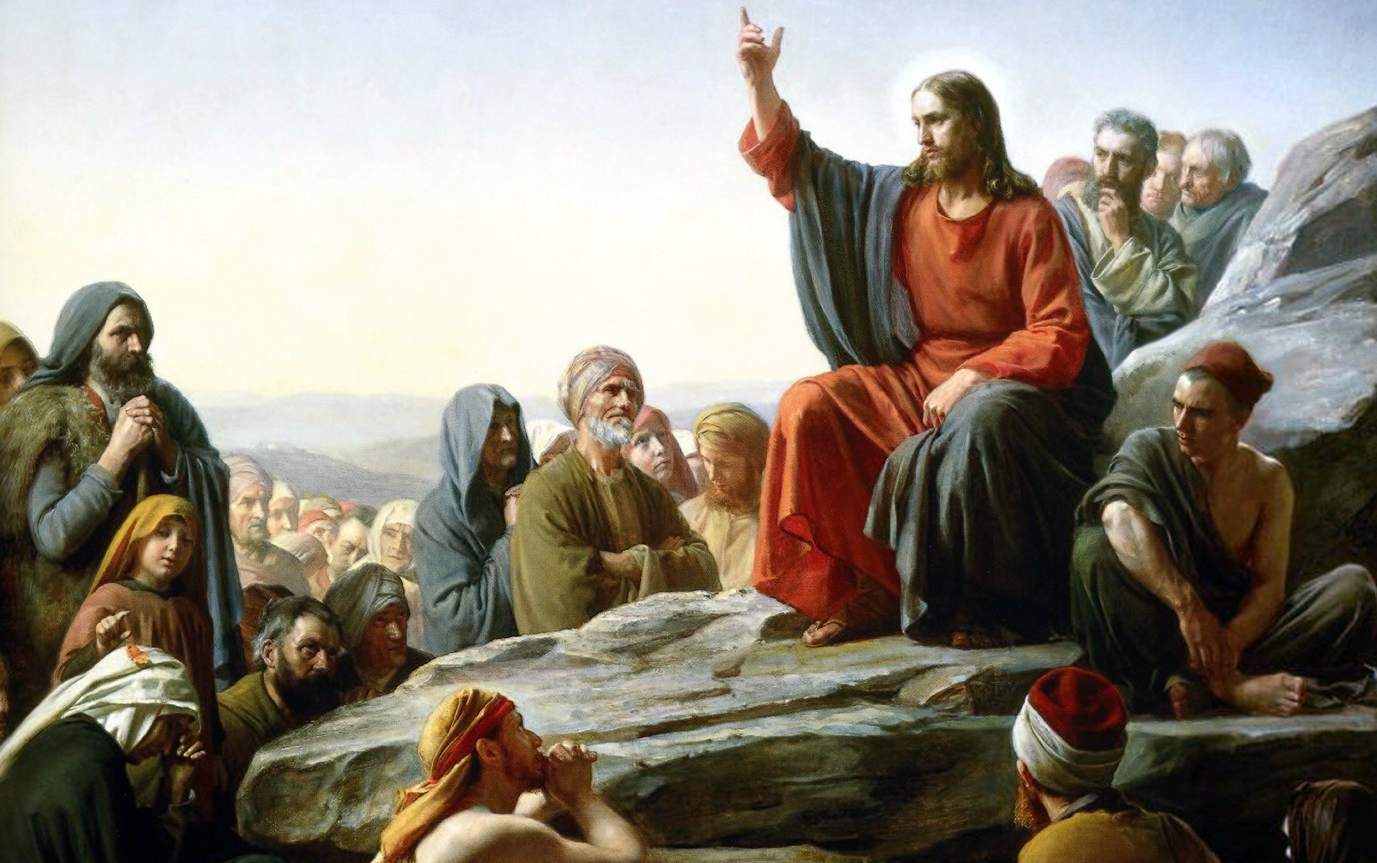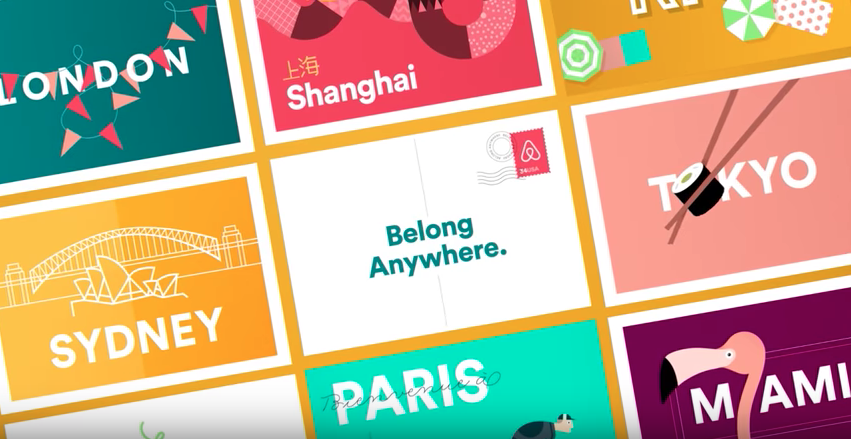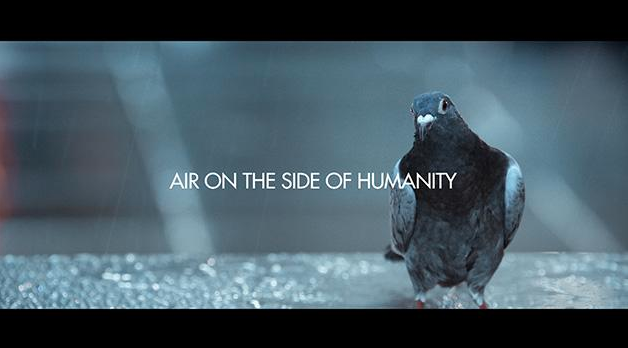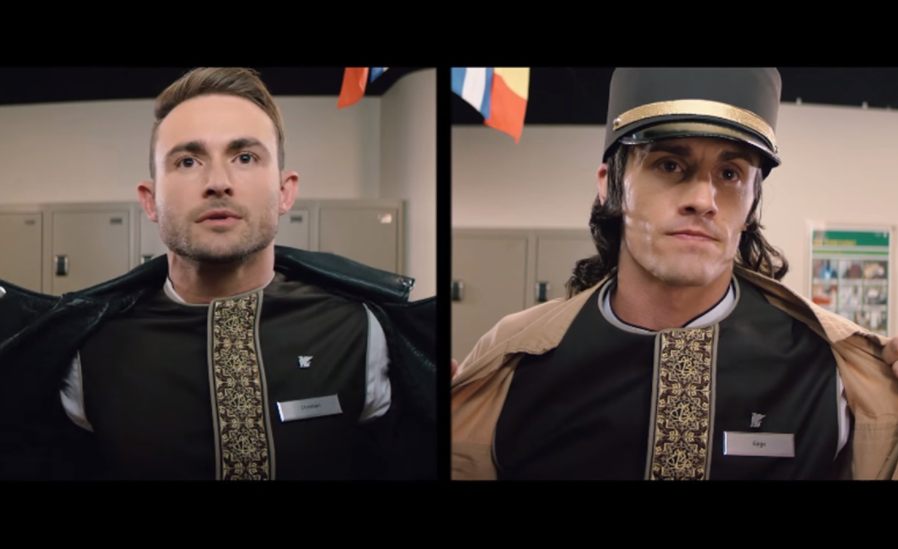Millennials are getting all the attention from hoteliers, but another ‘m’ category – mid-lifers – is being ignored as a potentially lucrative target.
According to a study by Euromonitor International, mid-lifers (those in their mid-40s to mid-50s) have the highest spending power of all age groups. HOTELS magazine interviewed David Keen, founder and CEO of QUO, about how hotels can capture the loyalty of this overlooked category of traveller.

HOTELS: Where should hotels focus to attract – or at least acknowledge – mid-lifers?
DK: Public and co-working spaces: Most hotels miss the mark by creating ‘cool and funky’ communal spaces that solely aim at young people. Everyone enjoys hanging out in a cool space that gives them a sense of community, ‘mid-lifers’ included, and mid-lifers generally have more money to spend on a hotel that provides these spaces.
When designing co-working spaces, hotels seem to ignore the mid-lifers need to feel comfortable, so while they are cool, the spaces are not cosy, or they’re noisy or lack privacy. The ideal mid-lifer co-working space is aesthetically pleasing, but also comfortable and quiet enough to spend a few hours working. Mid-lifers are going to local cafes to fulfil this need, as hotels seem to be missing that balance between hipness, comfort and functionality.
Design: Most mid-lifers have travelled extensively and are looking for stunning design – dramatic spaces, hotels with character and ‘sexy’, desirable spaces. They want places that capture the imagination and ideally the locale in their design. Bland is banned for this demographic. Brands such as M Gallery, or any brand with a ‘curated’ collection, tap into this need.
Rooms: Mid-lifers want the basics done right. Surprisingly few luxury hotels focus on doing so. The basics are a shower with good pressure, consistent hot water and enough space to turn around. Quality, high thread-count bedding with a mix of pillows. Good coffee. Fast, free WiFi. Fast check-in and automated check-in. Quality TV channels, adequate desk space, enough space to fit an extra bed or crib in the room. Quality amenities.
Menus: Health-conscious mid-lifers want nutritious options on the menu. Not just options but menu concepts built on health and nutrition. Club sandwiches are banned. Quinoa salads, wraps, more vegetarian and vegan options – that kind of thing.
Gyms: Gyms should have approachable staff (not intimidating personal trainer-type staff), to supply personalized advice on machines. Exercise machines differ from place to place, so easily obtained information on gym equipment is needed – information that pertains to this age group.
H: Is there anything unique about mid-lifers that hotels could be targeting?
DK: This demographic travels frequently for work and they’re more health-conscious while doing so than baby boomers. They need healthier and more diverse menus. They also enjoy socializing and checking out local bars and clubs after dinner. Late-check out, all-day breakfast, in-the-know locality guides and hotels with ‘cool’ bars are perks for them.
Mid-lifers with children don’t want to stay at a bland ‘family hotel’ where kids are relegated to a kids’ club or otherwise separated from parents. They’re looking for hotels with family experiences that are engaging for all ages, with rooms, restaurants and facilities that help them bond as a family. And they value personal space, so spacious rooms and communal areas that facilitate ‘isolated togetherness’ are highly prized. Basics are more important than fawning service.

H: How does this age group define luxury – or do they even care about luxury?
DK: Mid-lifers define luxury as the perfect hotel for the purpose of their trip, so their exact needs change whether it’s a couple’s escape, family trip or business trip. A must is ample physical space and stunning design. Selecting a hotel for them is 70% to 80% based on design. Design should be beautiful but also functional and not detrimental to enjoyment – all the basics should be effortlessly provided. This demographic is quite independent, so services are less important, as long as service itself is friendly and efficient.
H: Hotels that target “millennial-minded” travellers fit a broad description – usually around technology and a more casual, local approach to design and F&B. How would you define a mid-lifer hotel?
DK: Desirable design; menus with healthy and diverse options; friendly, efficient service; spacious rooms with all the basics done right; a cool, communal workspace that is also comfortable and functional (like a living room); useful, high-quality amenities; and children’s and family facilities that aren’t just an after-thought.
Hotels that want to become more accessible to this cohort should focus on stunning design, better, healthier menus and an affordable, accessible, quality wine list.
This interview was first published on the website of HOTELS magazine.



